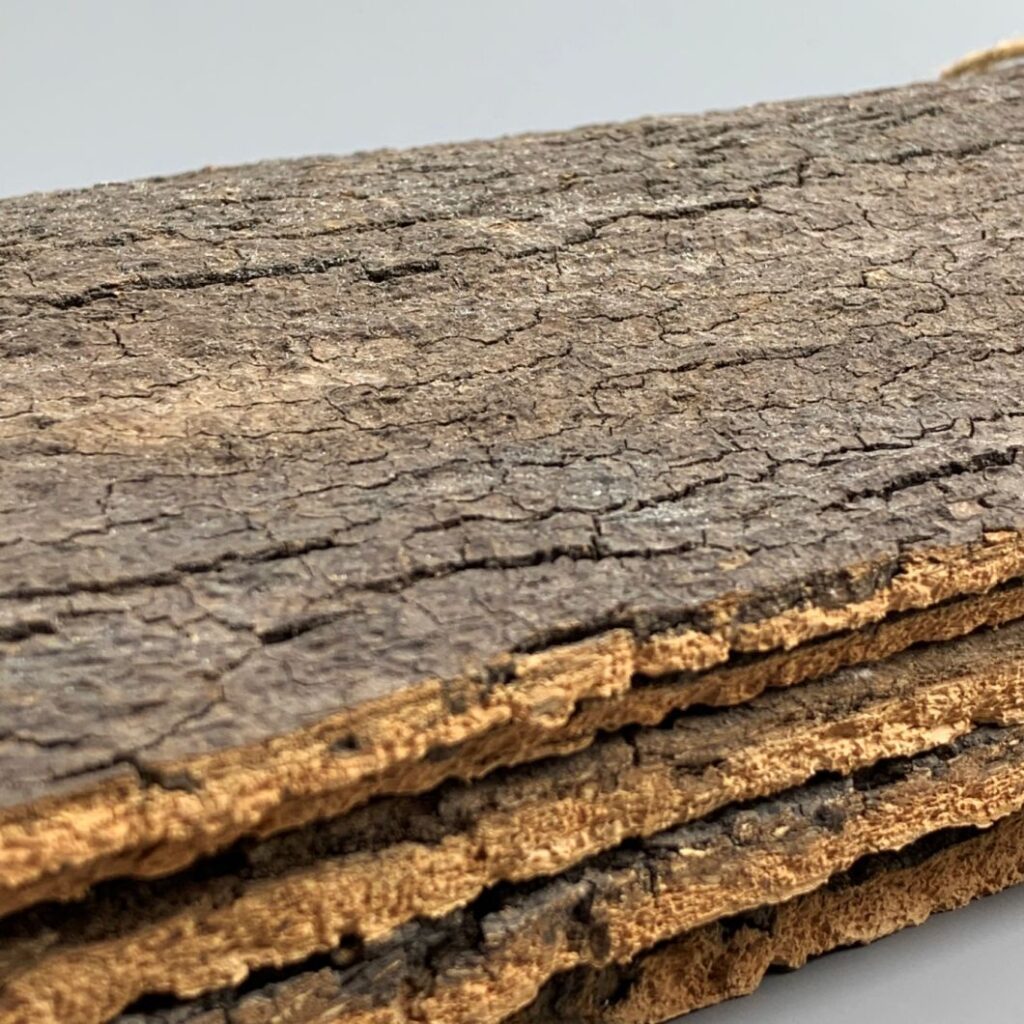The Wonders of Wood Bark: A Comprehensive Guide
Wood bark, the outer protective layer of trees, is often overlooked despite its significant ecological, economic, and cultural importance. This article delves into the fascinating world of wood bark, exploring its structure, functions, uses, and benefits. We will also address common questions about wood bark in the FAQ section.
Table of Contents
- Introduction
- What is Wood Bark?
- Structure of Wood Bark
- Functions of Wood Bark
- Types of Wood Bark
- Smooth Bark
- Rough Bark
- Peeling Bark
- Furrowed Bark
- Ecological Importance of Wood Bark
- Habitat for Wildlife
- Role in Nutrient Cycling
- Protection Against Environmental Stress
- Economic Uses of Wood Bark
- Mulch and Soil Amendment
- Fuel and Energy
- Craft and Decoration
- Medicinal Uses
- Cultural Significance of Wood Bark
- Traditional Uses
- Symbolism in Art and Literature
- Harvesting and Sustainability
- Sustainable Harvesting Practices
- Impact of Deforestation
- FAQs
- Conclusion
What is Wood Bark?
Structure of Wood Bark
Wood bark is composed of several layers, each with distinct functions:
- Outer Bark (Cork): The outermost layer, providing protection against physical damage, pests, and diseases.
- Inner Bark (Phloem): Responsible for transporting nutrients produced by photosynthesis from the leaves to other parts of the tree.
- Cambium Layer: A thin layer of cells that produces new bark and wood.
Functions of Wood Bark
- Protection: Shields the tree from mechanical injury, extreme temperatures, and pathogens.
- Transport: Facilitates the movement of nutrients and water.
- Storage: Stores essential nutrients and carbohydrates.
Types of Wood Bark
Smooth Bark
Smooth bark is typically found on younger trees or certain species like birch and beech. It offers less protection but is more efficient in nutrient transport.
Rough Bark
Rough bark, common in oak and pine trees, provides enhanced protection against environmental stressors.
Peeling Bark
Some trees, like eucalyptus and paperbark maple, have peeling bark that sheds in layers, helping to remove parasites and lichens.
Furrowed Bark
Furrowed bark, seen in species like ash and walnut, has deep grooves that increase surface area for gas exchange and provide additional protection.
Ecological Importance of Wood Bark
Habitat for Wildlife
Wood bark provides shelter and food for various organisms, including insects, birds, and small mammals.
Role in Nutrient Cycling
Decomposing bark contributes to soil fertility by releasing nutrients back into the ecosystem.
Protection Against Environmental Stress
Bark helps trees withstand extreme weather conditions, such as drought, frost, and fire.
Economic Uses of Wood Bark
Mulch and Soil Amendment
Bark mulch is widely used in gardening and landscaping to retain soil moisture, regulate temperature, and suppress weeds.
Fuel and Energy
Bark can be used as a biomass fuel, providing a renewable energy source.
Craft and Decoration
Bark is used in various crafts, including basket weaving, furniture making, and decorative art.
Medicinal Uses
Certain barks, like willow and cinchona, have medicinal properties and are used in traditional and modern medicine.
Cultural Significance of Wood Bark
Traditional Uses
Indigenous cultures have used bark for centuries to make canoes, clothing, and shelters.
Symbolism in Art and Literature
Bark often symbolizes resilience, protection, and growth in various cultural expressions.
Harvesting and Sustainability
Sustainable Harvesting Practices
Sustainable practices ensure that bark harvesting does not harm tree health or ecosystem balance.
Impact of Deforestation
Deforestation poses a significant threat to bark resources, emphasizing the need for conservation efforts.
FAQs
What is the difference between bark and wood?
Bark is the outer protective layer of a tree, while wood is the inner tissue responsible for structural support and nutrient transport.
Can all tree bark be used for mulch?
Not all bark is suitable for mulch. Some barks may contain toxins or decompose too slowly to be effective.
How does bark protect trees from fire?
Thick, insulating bark can protect the inner living tissues of a tree from heat damage during a fire.
Is bark harvesting harmful to trees?
If done improperly, bark harvesting can damage or kill trees. Sustainable practices are essential to minimize harm.
Can bark be used as a natural dye?
Yes, certain barks, like oak and walnut, can be used to produce natural dyes for textiles.
Conclusion
Wood bark is a remarkable and multifaceted component of trees, playing crucial roles in ecology, economy, and culture. By understanding and appreciating the value of wood bark, we can better advocate for its sustainable use and conservation
